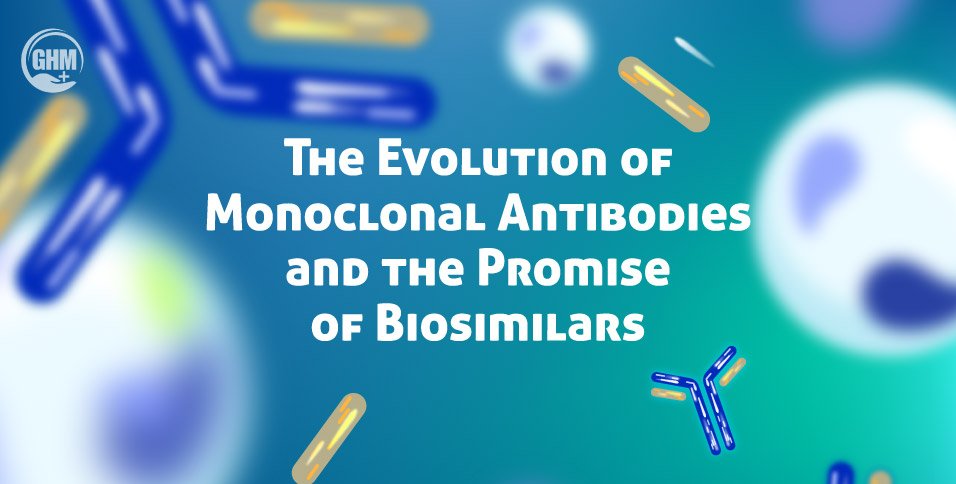In the ever-evolving landscape of medical advancements, the emergence of monoclonal antibodies (mAbs) and their biosimilar counterparts represents a significant milestone. These remarkable proteins, produced by the immune system, have revolutionized the way we approach various diseases, from cancer to autoimmune disorders and infectious diseases. In this blog, we’ll take a closer look at the journey of mAbs and how biosimilars are poised to change the game.
The Beginnings of Monoclonal Antibodies
Back in 1975, scientists introduced the world to monoclonal antibodies through a groundbreaking technique called cell fusion. This process involved merging an antibody-producing B-cell with a myeloma cell, resulting in a hybridoma cell line. These cells possessed two key attributes: the ability to produce uniform antibodies originating from the B-cell and an immortal nature inherited from the myeloma cell. In essence, these hybridoma cells acted as biological factories, churning out monoclonal antibodies.
The first mAbs, often of murine (mouse) origin, opened doors to a world of possibilities. They were initially used to prevent graft rejection in kidney transplant patients. However, there was a catch. Repeated administration of murine mAbs triggered the production of Human Anti Mouse Antibodies (HAMA) in patients, leading to neutralization of the injected mAbs.
The Evolution to Humanized mAbs
To overcome this challenge, scientists turned to genetic engineering. They transformed murine antibodies into humanized versions, with varying degrees of human content. These included chimeric mAbs (about 80-90% human), humanized mAbs (over 90% human), and fully human mAbs (100% human). This pivotal shift laid the foundation for the development of therapeutic monoclonal antibodies.
Therapeutic Powerhouses
Today, there are over 50 therapeutic mAbs on the market, with a combined global market share exceeding $120 billion. These antibodies have demonstrated remarkable effectiveness in treating conditions such as cancer, autoimmune disorders, and infectious diseases. They target a wide array of biological markers, including tumor antigens, molecules associated with autoimmune diseases, and infectious agents.
The Cost Barrier and the Birth of Biosimilars
While the therapeutic potential of mAbs is undeniable, their high cost has limited patient accessibility. These drugs are protected by patents, but as some patents have expired and others approach expiration, a new player has entered the arena: biosimilars.
Biosimilars are biological drugs designed to be highly similar to the original reference drug, though not identical. They offer a ray of hope in terms of cost savings and increased accessibility to biological treatments. However, their approval is a rigorous process governed by regulatory bodies worldwide.
The Rise of Biosimilars
To gain approval, biosimilars must undergo a comprehensive comparability exercise. This entails evaluating immunochemical and physicochemical properties, biological activity, structural similarity, purity, and contamination risks. In vivo pharmacology studies, as well as assessments of efficacy, safety, and tolerability, are also essential. Furthermore, post-market analyses, including pharmaco-epidemiological studies, contribute to the robust evaluation of these drugs.
A Promising Future
Biosimilars, with their lower production costs, have the potential to introduce substantial cost savings to healthcare systems. More importantly, they can enhance the affordability and accessibility of biological treatments, making them available to a broader patient population.
Conclusion
The rise of monoclonal antibodies and biosimilars represents a remarkable advancement in modern medicine. These therapies have transformed the way we approach diseases and have the potential to alleviate the burden of high treatment costs. As biosimilars continue to gain ground, we can anticipate a future where cutting-edge biological treatments are accessible to all, ushering in a new era of healthcare equity.
ALSO READ: The Rise of Wearable Healthcare Devices: Your Personal Health Companion



















